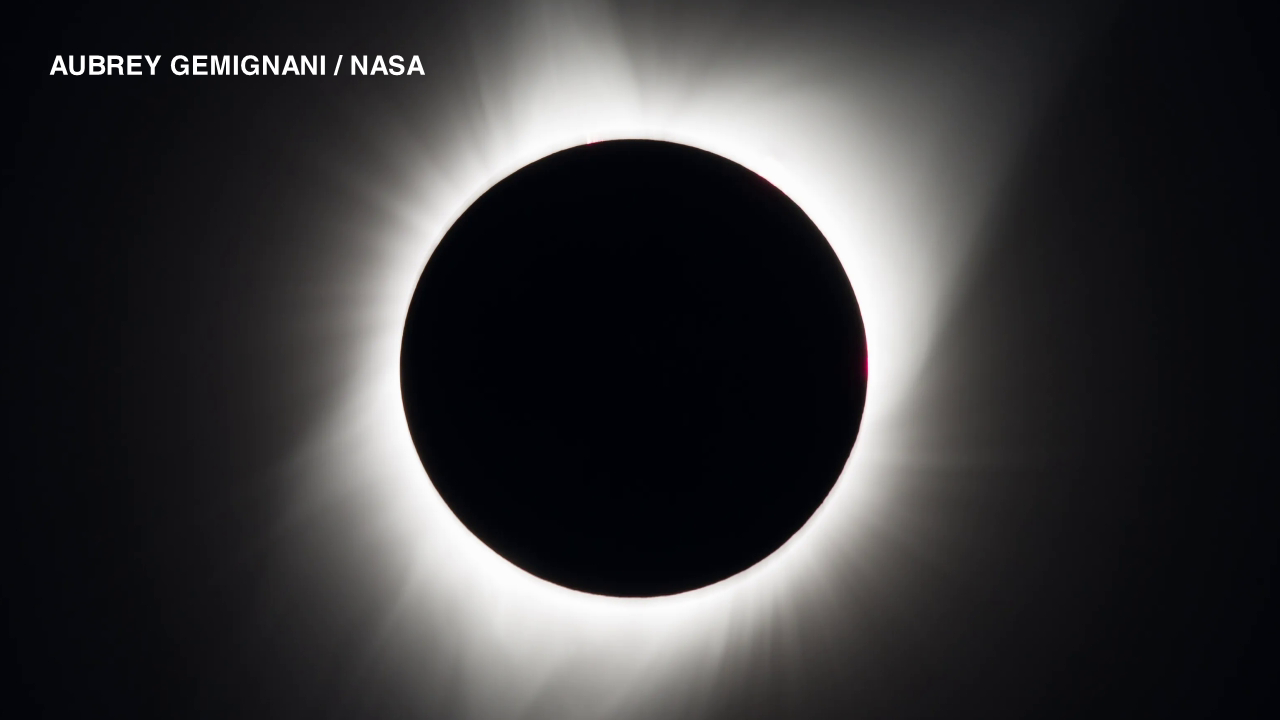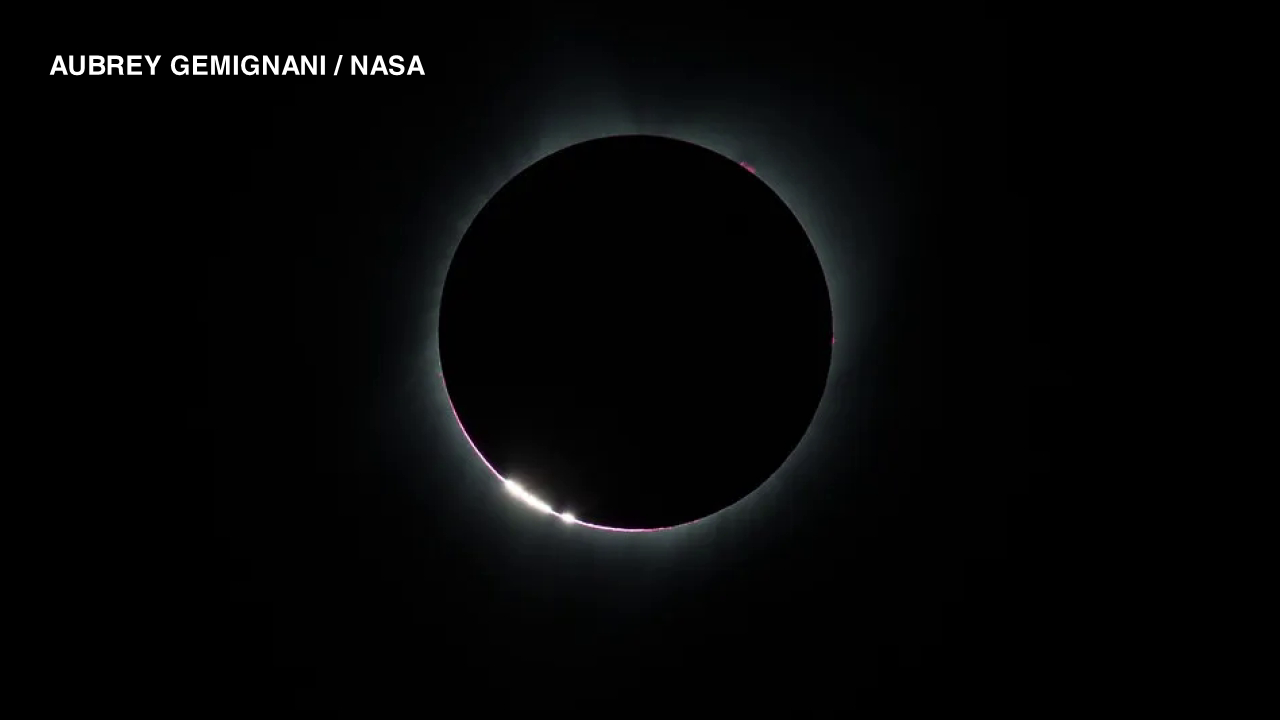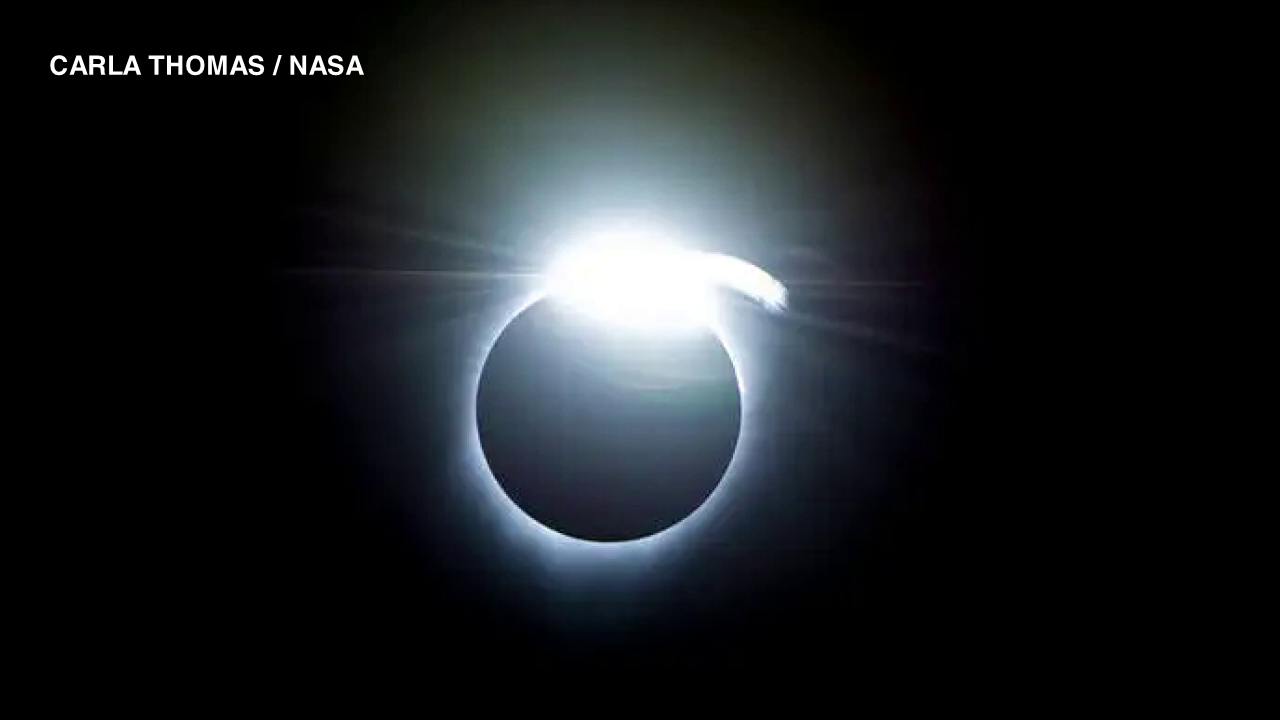Solar Eclipse 2024: What to know about the spectacle
Typically one has to wait until dark to see features of interest in the night sky, but soon the sun will steal the show in the middle of the day. Monday, April 8, 2024, the last total solar eclipse for decades will pass through the Lower 48.
"A solar eclipse happens when the moon's orbit lines up between the sun and Earth to cause its shadow to fall on the Earth," Amy Northrop at the Highland Road Park Observatory said.
Although the moon is about 400 times smaller than the sun, it is about 400 times closer to the Earth. The moon and sun have the same apparent size in the sky as a result. This is how the moon appears to cover the sun during an eclipse, despite being smaller.
The path of totality passes through locations like Dallas, Texarkana, and Indianapolis this time. It's a narrow path, spanning a little over 100 miles. The moon's shadow will fly along this path at around 1,500 mph.

Baton Rouge will not be within said path on April 8, but we will still be close enough to experience a partial solar eclipse. That's exactly what it sounds like: where the moon only partially covers the sun. Eighty-six percent of the sun will be eclipsed at 1:49 p.m. Monday afternoon in the capital city. The partial eclipse begins at 12:28 p.m. and ends at 3:08 p.m..
Trending News
As this happens, skies become darker.
"It will get darker than it did in both the October annular eclipse that was partial for us and the August eclipse of 2017...because we have better coverage this time," Northrop said.
And those lucky enough to see cloud breaks might notice crescent-shaped shadows, especially around trees.

A total solar eclipse is a much different experience, where the moon covers the sun entirely. That point is referred to as totality. The sun's corona becomes visible during this time, as evidenced by streams of white light surrounding the sun.

As totality comes to an end, beads of light shining through the rugged lunar surface appear - known as Bailey's beads.

That will soon turn into a bright flash of light known as the diamond ring. These are signs that totality is ending.

"Eclipses happen with great regularity. Unfortunately for solar eclipses, you have to be in the lucky path of the shadow in order to make it work," Northrop said.
On average, a total solar eclipse is visible somewhere on the Earth every 18 months. But for one spot, that changes to 375 years.
The next total solar eclipse to occur in the capital area doesn't come until May 11, 2078, but if you're willing to travel, you'll have another opportunity to see a total solar eclipse in the United States in the 2040s.


